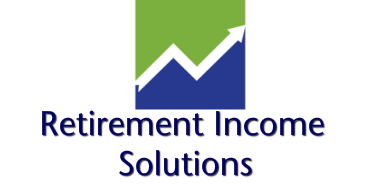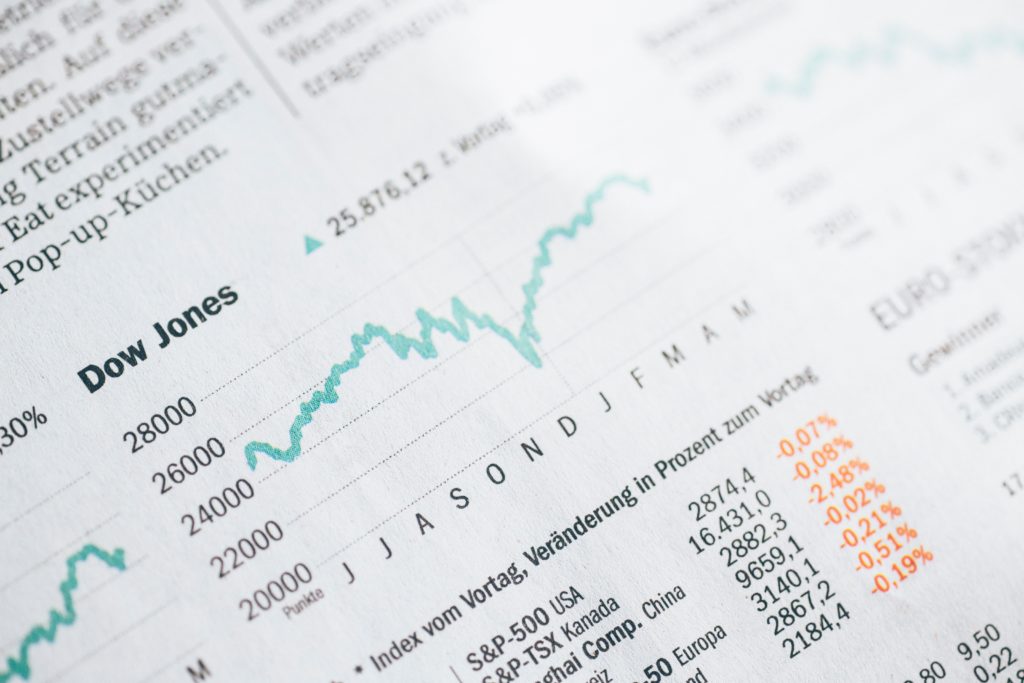What exactly is the “sequence of returns”? The phrase describes the yearly variation in an investment portfolio’s rate of return. Across 20 or 30 years of saving and investing for the future, what kind of impact do these deviations from the average return have on a portfolio’s final value?
The answer: no impact at all.
Once an investor retires, however, these ups and downs can have an effect on portfolio value – and retirement income.
During the accumulation phase, the sequence of returns is ultimately inconsequential. Yearly returns may vary greatly or minimally; in the end, the variance from the mean hardly matters. (Think of “the end” as the moment the investor retires: the time when the emphasis on accumulating assets gives way to the need to withdraw assets.)
An analysis from BlackRock bears this out. The asset manager compares three model investing scenarios: three investors start portfolios with lump sums of $1 million, and each of the three portfolios averages a 7% annual return across 25 years. In two of these scenarios, annual returns vary from -7% to +22%. In the third scenario, the return is simply 7% every year. In all three situations, each investor accumulates $5,434,372 after 25 years – because the average annual return is 7% in each case.1
Here is another way to look at it. The average annual return of your portfolio is dynamic; it changes, year-to-year. You have no idea what the average annual return of your portfolio will be when “it is all said and done,” just like a baseball player has no idea what his lifetime batting average will be four seasons into a 13-year playing career. As you save and invest, the sequence of annual portfolio returns influences your average yearly return, but the deviations from the mean will not impact the portfolio’s final value. It will be what it will be.1
When you shift from asset accumulation to asset distribution, the story changes. You must try to protect your invested assets against sequence of returns risk.
This is the risk of your retirement coinciding with a bear market (or something close). Even if your portfolio performs well across the duration of your retirement, a bad year or two at the beginning could heighten concerns about outliving your money.
For a classic illustration of the damage done by sequence of returns risk, consider the awful 2007-2009 bear market. Picture a couple at the start of 2008 with a $1 million portfolio, held 60% in equities and 40% in fixed-income investments. They arrange to retire at the end of the year. This will prove a costly decision. The bond market (in shorthand, the S&P U.S. Aggregate Bond Index) gains 5.7% in 2008, but the stock market (in shorthand, the S&P 500) dives 37.0%. As a result, their $1 million portfolio declines to $800,800 in just one year.2,
If you are about to retire, do not dismiss this risk. If you are far from retirement, keep saving and investing, knowing that the sequence of returns will have its most relevant implications as you make your retirement transition.
 Damian J. Sylvia
Damian J. Sylvia
Retirement Income Solutions
Office: 732-508-6044
Direct: 732-284-0902
Email: Damian@MyFinancialSolution.org
Website: RetirementSolutionsNJ.com
Citations.
1 – blackrock.com/pt/literature/investor-education/sequence-of-returns-one-pager-va-us.pdf [10/19]
2 – kiplinger.com/article/retirement/T047-C032-S014-is-your-retirement-income-in-peril-of-this-risk.html [7/3/18]
3 – thebalance.com/how-sequence-risk-affects-your-retirement-money-2388672 [2/8/19]

